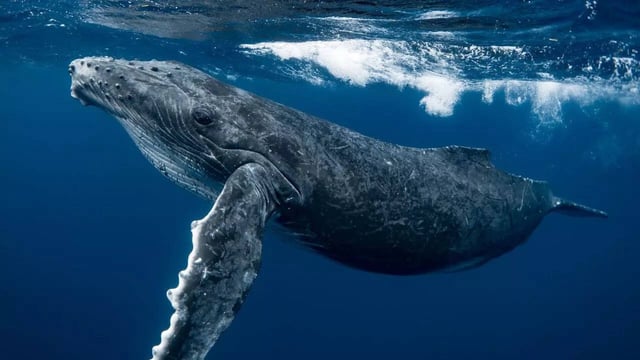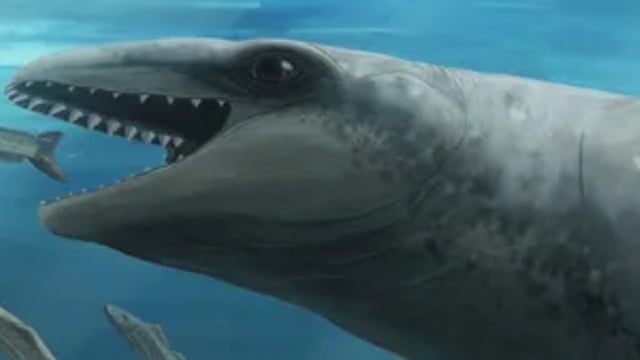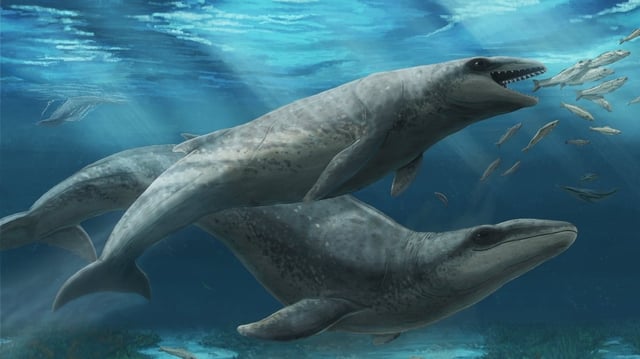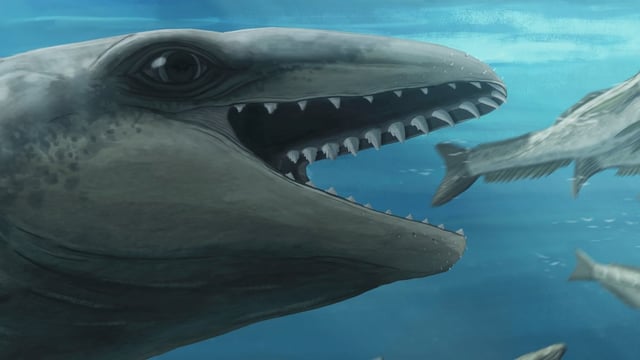Overview
- Researchers formally published the name Janjucetus dullardi on August 12 in the Zoological Journal of the Linnean Society based on a partial skull found at Jan Juc Beach.
- The 25–26 million-year-old specimen includes ear bones and razor-sharp teeth that indicate the 2–3 metre whale was an active predator with oversized eyes.
- Belonging to the rare mammalodontid lineage, Janjucetus dullardi offers new evidence of the evolutionary transition from toothed ancestors to modern filter-feeding baleen whales.
- Amateur fossil hunter Ross Dullard discovered the skull in 2019 and donated it to Museums Victoria, underscoring the continued impact of citizen scientists in major paleontological discoveries.
- Museums Victoria and Monash University researchers are conducting further analyses of the specimen and plan to exhibit it at Melbourne Museum in the coming months.



